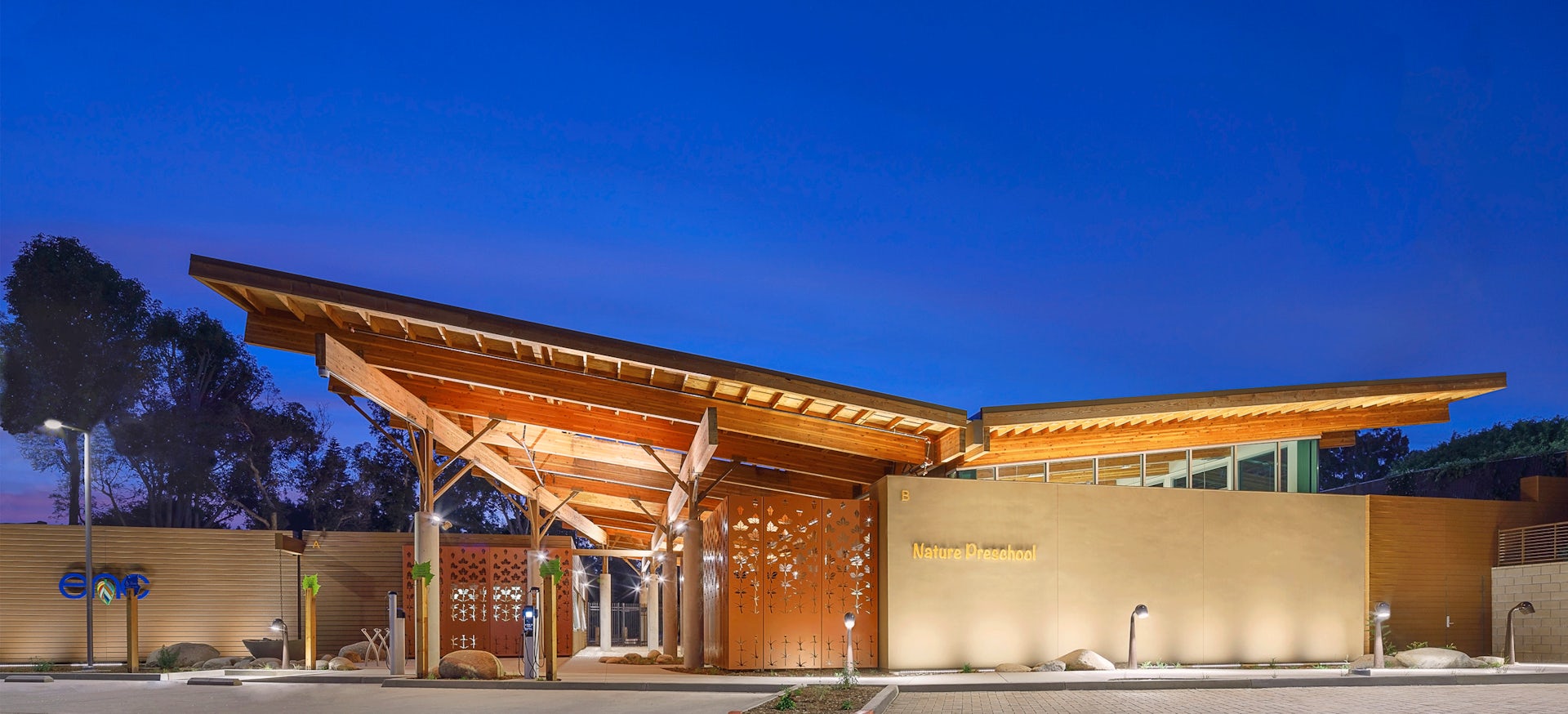LEED-certified buildings are on the rise and making our cities greener, according to the fifth annual US Green Building Adoption Index by CBRE and Maastricht University in 2018. “Researchers have found that green certified office space across America’s 30 largest metros has reached 41% of market totals—the highest in the index’s history… According to the report, 11.5% of all buildings surveyed are ENERGY STAR labeled, while 5.2% of buildings are LEED-certified, both at all-time highs for the five-year study,” CBRE said.
Architects and designers hoping to achieve LEED certification can look to a variety of projects for inspiration. As the need for LEED-certified building projects increases, it’s important to consider the surrounding built environment.
“LEED is the most widely used green building rating system in the world. Available for virtually all building types, LEED provides a framework for healthy, highly efficient, and cost-saving green buildings. LEED certification is a globally recognized symbol of sustainability achievement and leadership,” according to the USGBC.
From earning points for using sustainable wood and Energy Star appliances to improving projects with solar panels and natural lighting, a variety of design strategies can help architects earn LEED in both commercial and residential projects. These are just a few projects offering inspiration.
...
6. Environmental Nature Center and Preschool, Newport Beach, CA
LPA Design Studios recently worked on The Environmental Nature Center and Preschool (ENC) in Newport Beach. They set out to design a top educational space while conserving energy and water and supporting the Environmental Nature Center’s mission of sustainability. At the time it was recognized as the first LEED Platinum building in the region.
The ENC has been operating net positive since 2008, generating 60% more energy than it’s using. The new preschool is expected to be net positive, generating 105% of the preschool’s power needs. No natural gas is used in the building, and PV panels supply 100% of the ENC’s power.
Additional features include photovoltaic panels that are designed to provide 105% of the net energy for the preschool’s electrical needs. Single-sloped roofs capture the water, which is channeled through rock basins to bioswales, where the water is naturally treated and clarified by plant materials before leaving the site to recharge aquifers. All of the plants across the campus are native to California and do not require irrigation, according to LPA Design Studios.
...















